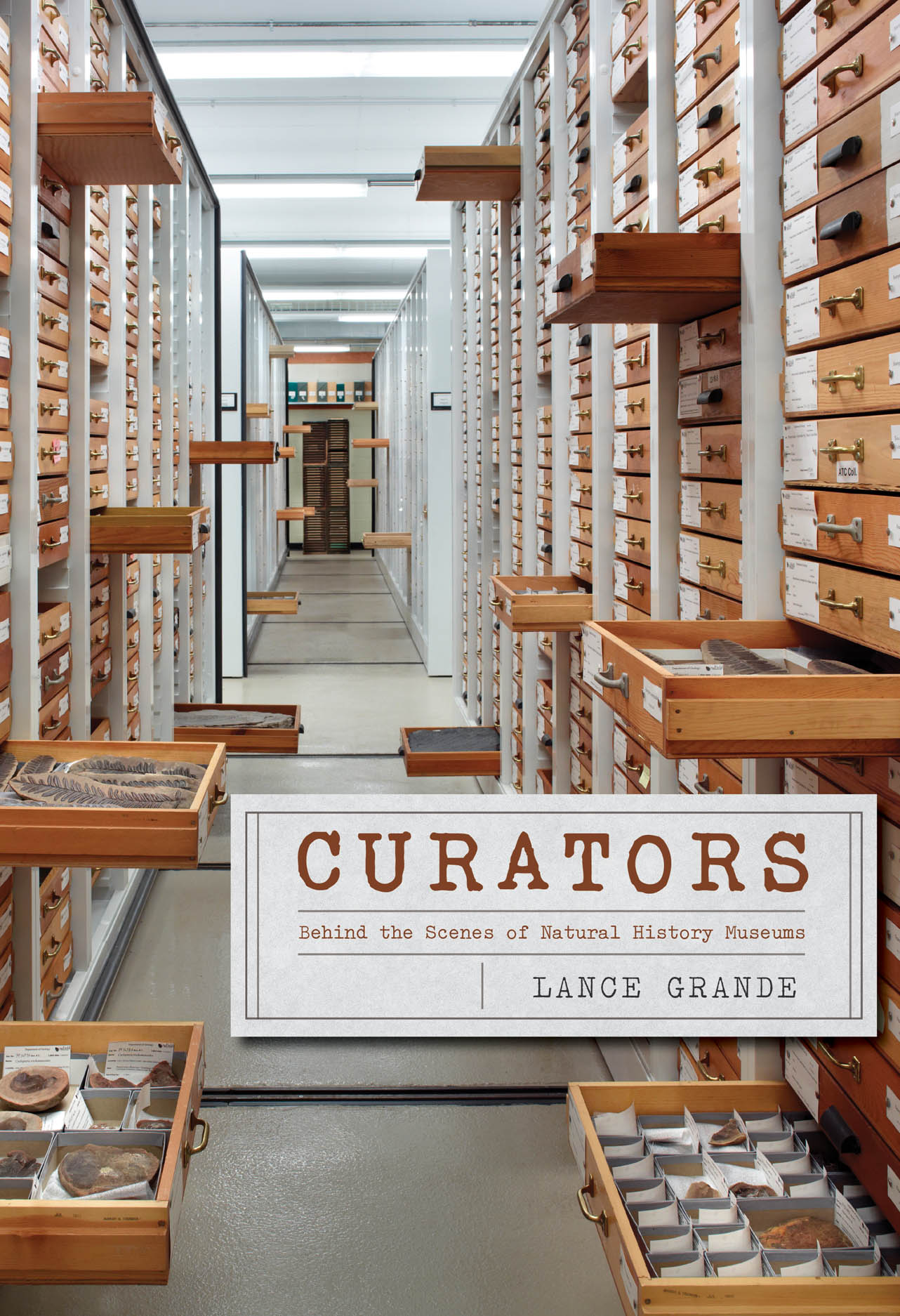Review:
This is another book that should be “required reading” for anyone who is a Curator of a Natural History Museum or who is contemplating moving to this career. The book most importantly answers the question: “Who are Curators? What do Curators do? And Where do Curators go to do it”? This is an important work for any museum personnel that increasingly need to defend what they do to skeptical municipal and academic authorities, the public and potential donors.
Grande uses the personal stories in his long-storied career as a paleontologist at the Chicago Field Museum to underly the importance of Natural History Museums. He shows the roles they play in scientific research, in educating the public, analyzing the changing ecology of our planet and helping to measure the impacts of human technologies.
Grande introduces the reader to a wide array of “bigger than life” scientific curators both past and present that inhabit the Natural History Museum space. He discusses the amazing career of Karl Patterson Schmidt who collected many of the herpetological specimens that occupy the Chicago Field Museum today. Grande also discusses the work of his present curatorial colleagues in such areas as anthropology, botany, entomology, minerology, ornithology and of course zoology. The scope and scale of the scientific research sponsored by the Chicago Field Museum is impressive to say the least. The book also provides a wonderful collection of photographs of his curatorial colleagues and their work.
A large chapter in the book covers the discovery and eventual acquisition of the “Sue” T-Rex skeleton by the Chicago Field Museum. Grande provides a fair “curator” perspective of the complicated “legalese” surrounding the ownership and eventual sale of the skeleton from private hands into a public museum.
Grande dedicates a chapter on the future of Natural History Museums. He touches on the current space and storage crisis in most museums and spends an inordinate amount of time talking about the current scientific illiteracy of the American public. While scientific illiteracy is a concern, it is not nearly as great as the immediate need for funding for new and better museum storage facilities. Grande also doesn’t expand widely on the potential future role of many current emerging technologies that will impact future museums. Chiefly, the emerging technologies of digitization of specimens and DNA usage in collections management. These are two technological trends that will have an enormous impact on a curator’s future work.
Overall, this book was a fascinating read and should be on every curator’s bookshelf! The book ends with a wonderful quote from Baba Dioum, the founding member of the International Union for Conservation of Nature:
“In the end we will conserve only what we love. We will love only what we understand.”

